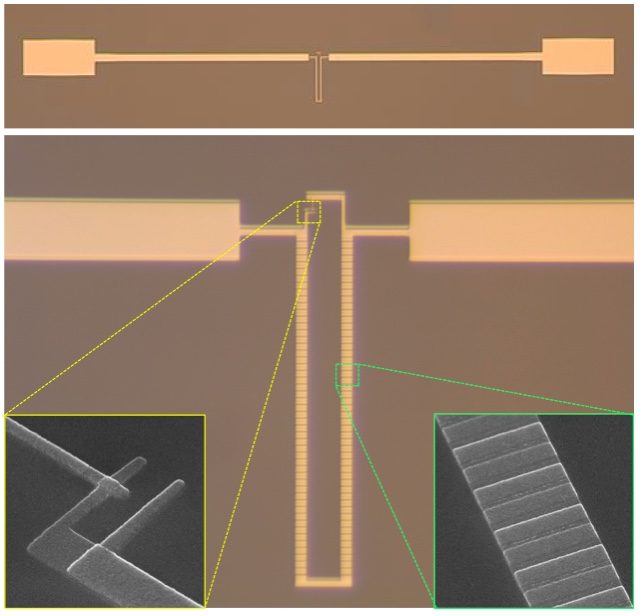
Fluxonium qubit
We created the most coherent superconducting qubit to date. We got T2* > 3/2 ms, the gate fidelity exceeds 0.9999, and there is still plenty of room to make this qubit even more coherent.
Y.-H. Lin et al. (PRL 2018)
L. Nguyen et al. (PRX 2019)
A. Somoroff et al. (arxiv 2021)

High-fidelity gates
We implemented fast microwave-activated controlled-Z and controlled-Phase gates on a pair of coupled fluxoniums. These are very first high-fidelity gates on non-transmon type qubits. The average gate fidelity is already 0.995. We are on the way to the three nines in a large-scale system!
Q. Ficheux, L. B. Nguyen et al. (PRX 2021)
H. Xiong, Q. Ficheux et al. (PRR 2022)
E. Dogan et al. (arxiv 2022) — collaboration with U-Mass group of Chen Wang
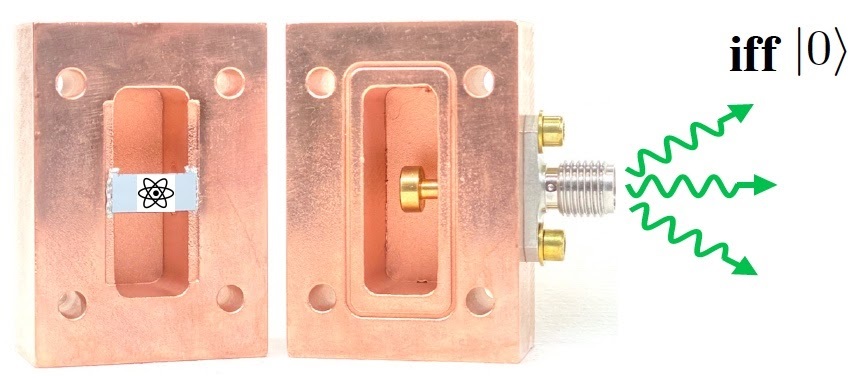
Cavityless circuit QED
We found a way to readout fluxonium qubits without invoking a cavity. Instead one can detect the qubit state in a QND-manner using conditional fluorescence of a non-computational transition.
N. Cottet, H. Xiong et al. (Nature Communication 2021)
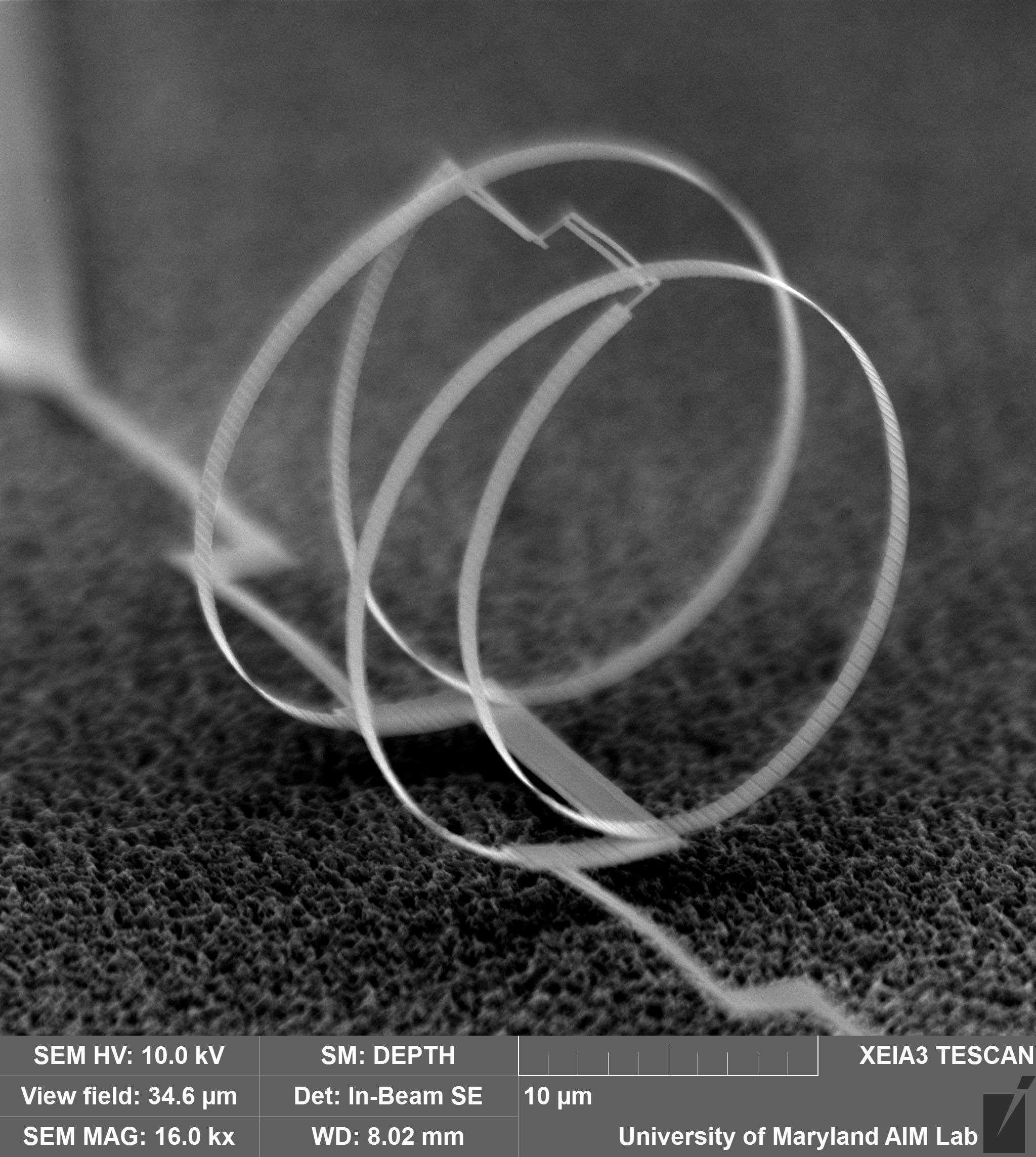
Blochnium qubit
Flux (fluxonium) and charge qubits are dual to each other. What is the dual of transmon? Normally, a Josephson junction shunted by a large capacitance behaves as an inductance. Paradoxically, the same junction can behave as a capacitance when shunted by a *very* large external inductance – hyperinductance. That’s Blochnium, the fourth and the last missing kind of superconducting artificial atoms.
I. Pechenezhskiy, R. Mencia et al. (Nature 2020)
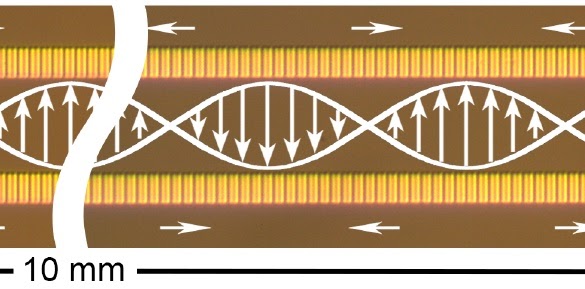
Superconductor-insulator transitions
Instead of looking for scaling of resistance, we explore the finite-frequency dynamics of the collective phase-mode near the transition. We are focused at the Bose glass transition in weakly-coupled 1D Josephson junction chains and dissipative localization (Schmid-Bulgadaev) transition in a single weak junction connected to high-impedance leads. So far we have observed that a Bose glass may be an insulator at DC but it does have a stiff phase response at finite frequency/wavelength. You can compare this phenomenon to walking on water.
R. Kuzmin et al. (Nature Physics 2019)

Strong down-conversion
Can we go beyond the usual strong-coupling cavity QED by simply coupling radiation in a cavity to a single atom? We observed inelastic collisions of single microwave photons and many-body localisation in a simple multi-mode cavity QED setup. On one hand, these effects are manifestations of quantum impurity physics, normally arising in the context of strongly-correlated electrons or boundary quantum field theories. Here these effect manifest a new exciting “strong down-conversion” regime of quantum optics, where the non-linearity is so strong that a single photon converts faster than it is absorbed or leaked out of the system.
R. Kuzmin et al. (PRL 2021), N. Mehta et al. (Nature 2023), N. Mehta et al. (arxiv 2022)
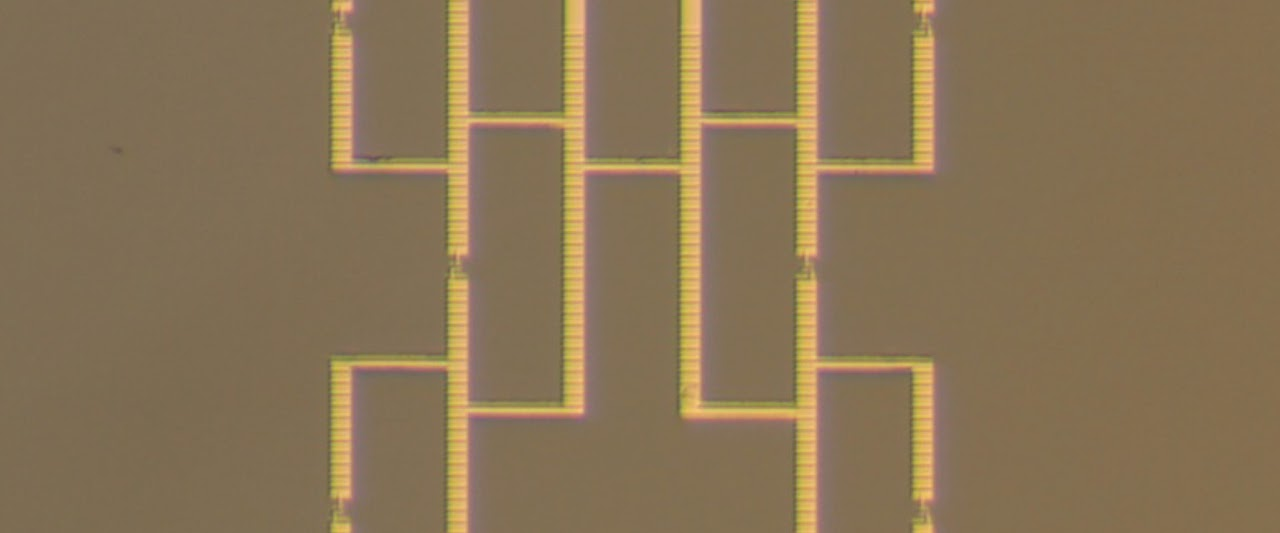
Ising quantum simulations
We are exploring quantum critical dynamics of an Ising-type chain using superconducting qubits as strongly-interacting spins.
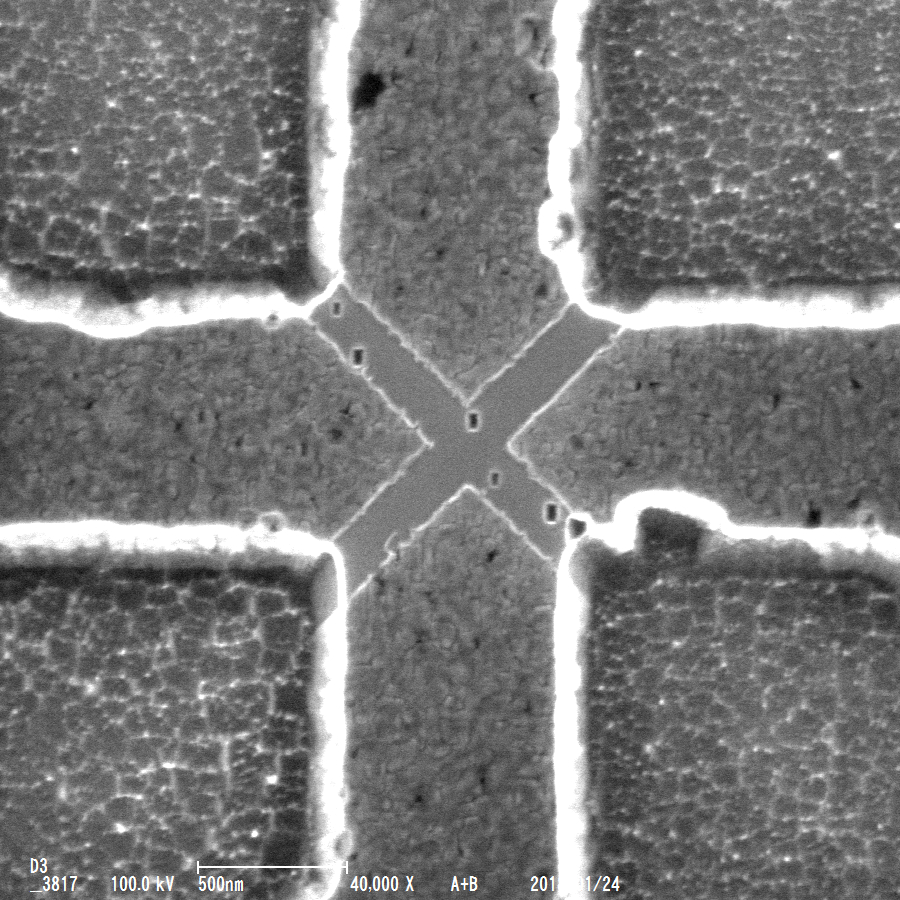
Multiterminal Josephson effect
Junctions of more than two topological superconductors often come up in proposals for braiding of Majorana fermions. However, superconducting phase-coherence in a mesoscopic conductor connected to multiple superconducting terminals is an interesting subject already in the case of conventional superconductivity.
N. Pankratova, H. Lee et al. (PRX 2020)